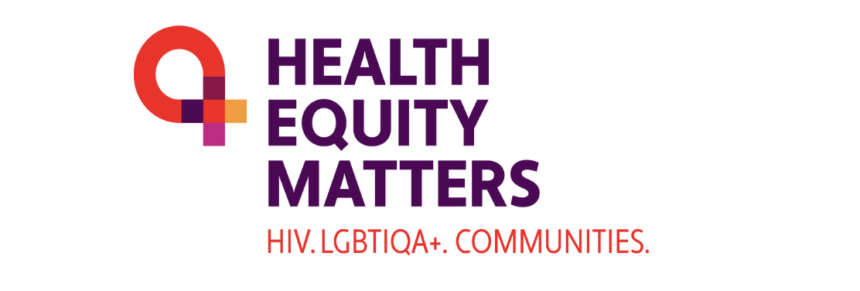
Australia is making significant strides towards the virtual elimination of HIV, according to the latest national HIV surveillance report. Despite a slight uptick in new HIV diagnoses over the past two years, the overall trend remains positive, with current figures still well below those recorded a decade ago. Since 2014, the number of new diagnoses has been halved.
Dash Heath-Paynter, CEO of Health Equity Matters, attributes this success to robust community and political leadership. “We’ve had great success in reducing HIV in Australia over the past decade, driven by strong community leadership and rock solid political leadership,” he stated. Heath-Paynter emphasized that the recent increase in diagnoses should be viewed in the context of a low baseline during the COVID-19 pandemic, a period marked by decreased risk behavior and testing rates.
Understanding the Current Landscape
The report, released by the Kirby Institute, underscores the need to address persistent inequities to ensure no one is left behind in the fight against HIV. While diagnoses have more than halved among Australian-born individuals over the past decade, there has been no reduction observed among people born overseas. This highlights a significant area of concern for public health officials.
“We need to urgently implement health services co-designed with the communities they serve,” Heath-Paynter urged. “That is the best way to raise awareness of HIV, increase use of proven prevention strategies, encourage testing, and improve access to care.”
Challenges of Late Diagnosis
Another pressing issue is the high rate of late diagnoses. Nearly one-third of HIV cases in 2024 were considered late, indicating that individuals may have been living with the virus for years before being diagnosed. This delay in diagnosis can have severe implications, including delayed treatment, increased risk of serious illness, and ongoing transmission.
“Late diagnosis is a major concern – it delays treatment, increases the risk of serious illness, and allows ongoing transmission,” Heath-Paynter noted.
To combat this, making HIV testing more accessible, including self-testing options, is deemed essential. This would enable individuals to know their status sooner and connect with necessary care.
Historical Context and Progress
The journey towards reducing HIV transmission in Australia has been marked by significant milestones. In the 1980s and 1990s, the country faced a burgeoning epidemic, prompting a strong public health response that has evolved over the decades. The introduction of antiretroviral therapy and pre-exposure prophylaxis (PrEP) has been pivotal in reducing transmission rates.
Australia’s approach has often been cited as a model for other countries, combining medical innovation with community-driven initiatives. The nation’s commitment to public health and education has played a crucial role in its success.
Looking Ahead: Ensuring Inclusivity
As Australia moves closer to its goal of virtually eliminating HIV, the focus is shifting towards ensuring that all communities benefit from these advancements. The disparity in diagnosis rates between Australian-born individuals and those born overseas points to a need for tailored health services that are culturally sensitive and accessible.
Experts believe that collaboration with community organizations will be key in bridging these gaps. By involving those most affected in the design and implementation of health services, Australia can ensure a more equitable approach to HIV prevention and care.
The path forward involves not only maintaining the momentum in reducing overall transmission rates but also addressing the specific needs of marginalized groups. As Heath-Paynter concluded, “The long-term trend is clear: Australia is closer than ever to achieving the virtual elimination of HIV transmission. However, we must remain vigilant and inclusive in our efforts to ensure no one is left behind.”







